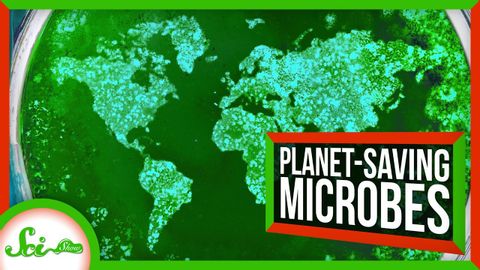6 環境を救う微生物 (6 Microbes Saving the Environment)
林宜悉 が 2021 年 01 月 14 日 に投稿  この条件に一致する単語はありません
この条件に一致する単語はありませんUS /ɪˈmjoon/
・
UK /ɪˈmju:n/
- n. (c./u.)集まり;仲間
- v.t.まとまる
- v.t./i.束ねられる
- n. (c./u.)(ある土地に)生まれた人;全国の;(ある言語を)第一言語とする人
- adj.生まれつきの
US /ˈprɛzəns/
・
UK /ˈprezns/
- n.~のいる(存在する)所;存在すること;臨在;振る舞い;出席者;影響力;高音域
エネルギーを使用
すべての単語を解除
発音・解説・フィルター機能を解除

